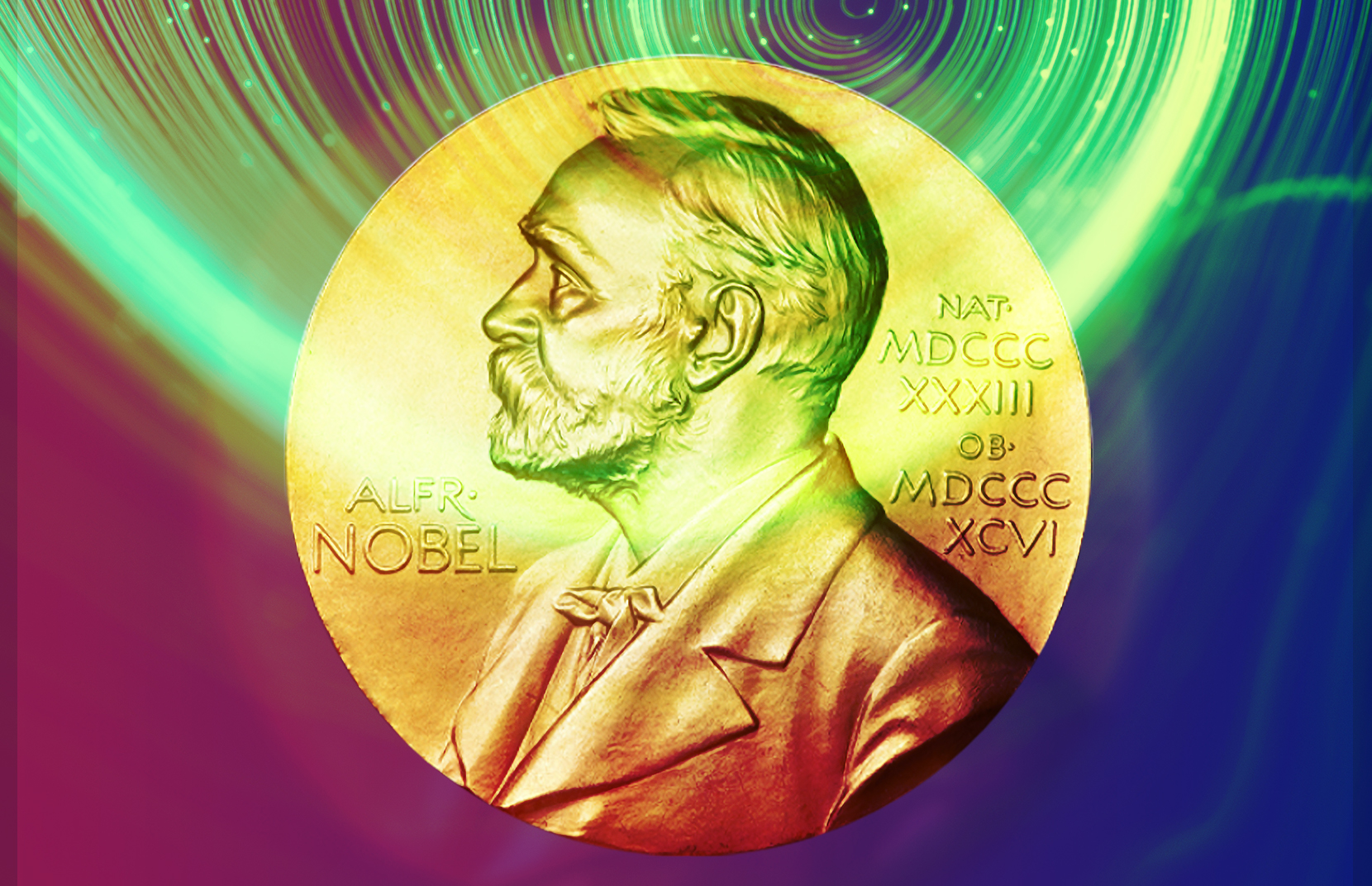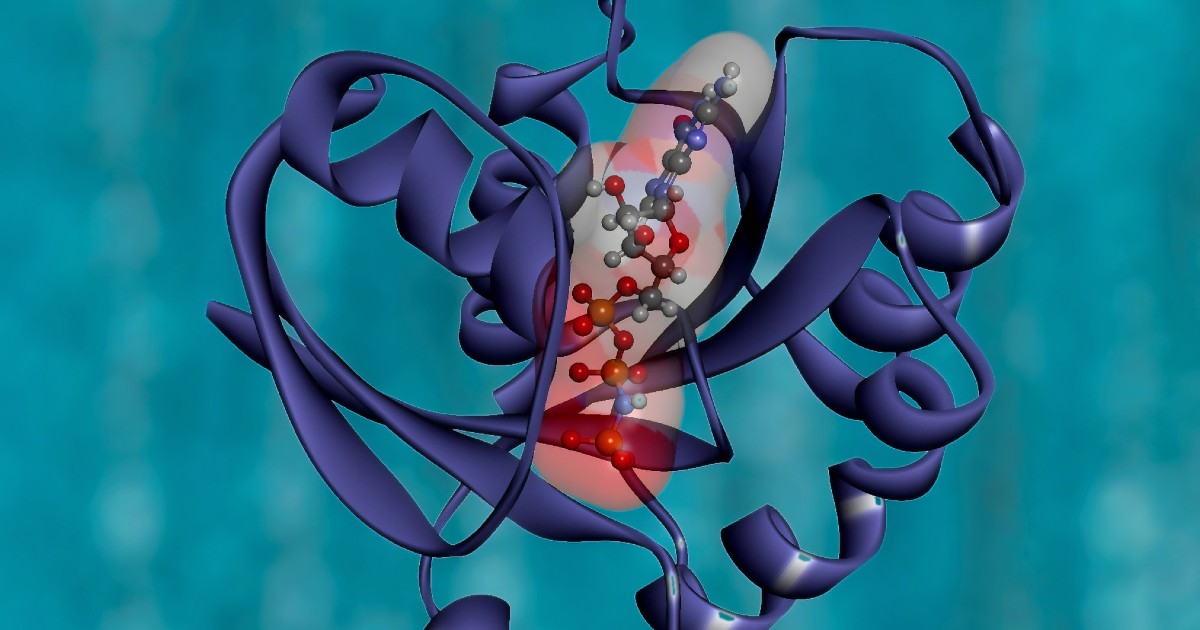TAI #121: Is This the Beginning of AI Starting To Sweep the Nobel ...
This week, our attention was on the Nobel prizes, where two prizes were awarded explicitly for AI research for the first time. The Physics prize was awarded for foundational work in machine learning and neural network science, while the Chemistry award was for applied uses of AI in chemistry and biology-specific models. However, we are not quite there yet on LLMs competing for the literature prize! The Nobel committee’s decision to award the chemistry prize for AlphaFold was unusually quick for Nobel standards, coming just four years after the model release. Also, on a similar theme this week, discussion in the AI world surrounded Anthropic CEO’s in-depth opinion piece on the potential for radical benefits from AI, particularly in science and medicine.
Physics Nobel Prize

In Physics, the prize went to Geoffrey Hinton, often called the “Godfather of AI,” and John Hopfield for their foundational work in machine learning using artificial neural networks. Hopfield’s creation of a neural network that stores and reconstructs patterns laid the groundwork for AI’s development in the 1980s, while Hinton’s work on neural networks, including the Boltzmann machine, has been key to modern AI systems such as deep learning.
These neural networks, modeled after the human brain, are now integral to technologies ranging from facial recognition to language translation. Hinton emphasized the transformative potential of AI but also warned of its risks, including its potential to outsmart humans and disrupt job markets.
Chemistry Nobel Prize
In Chemistry, the Nobel Prize was awarded to John Jumper and Demis Hassabis from DeepMind for their work on AlphaFold and to David Baker of the University of Washington for computational protein design.

AlphaFold, a deep-learning AI model, has revolutionized biology by predicting the three-dimensional structure of proteins with remarkable accuracy.
Baker’s contributions to designing entirely new proteins using AI-driven approaches also played a critical role in the field’s evolution, with significant applications ranging from therapeutic enzymes to novel vaccines.
Anthropic CEO's Perspective
Anthropic’s CEO, Dario Amoedi, explored the transformative potential of AI, arguing that while its risks are significant, its upside is radically underestimated. At the point where “Powerful AI” is fully realized, he argues advancements could compress the next 50–100 years of biological progress into just 5–10 years.

This future could see breakthroughs in biology, mental health, economic development, and peace, drastically improving human life. Although risks and challenges are real, the essay focuses on the potential for AI to catalyze widespread positive outcomes, from curing diseases to supporting global governance and human well-being.
AI's Contribution to Scientific Advancements
The potential for AI to contribute to scientific breakthroughs raises important questions about the future of research and innovation. As AI systems become more sophisticated, they might assist in faster and more comprehensive research, data analysis, and experiments, as well as autonomously generate hypotheses and design studies. Anticipating the consequences of these new AI capabilities and ensuring these powerful new tools are accessible, transparent, and used responsibly will be crucial.
Key Updates
Some key updates from the latest version of Building LLMs for Production:
- A new chapter on Indexes, Retrievers, and Data Preparation, focusing on efficiently managing large datasets and retrieving information.
- More examples and real-world applications throughout the chapters to offer a deeper understanding.
- Detailed insights into model distillation techniques, with a case study on Google’s Gemma 2 that explores reducing inference costs and improving latency.
- Expanded coverage of deploying LLMs on cloud platforms like Together AI, Groq, Fireworks AI, and Replicate, offering a wider perspective on scalable solutions.
- A step-by-step guide to building a RAG (Retrieval-Augmented Generation) pipeline, helping readers implement modern frameworks such as LlamaIndex and LangChain more effectively.
These updates aim to provide a more comprehensive resource for those working with LLMs, particularly around deployment and optimization in real-world contexts.
Read more about the Nobel Prize announcements:




















